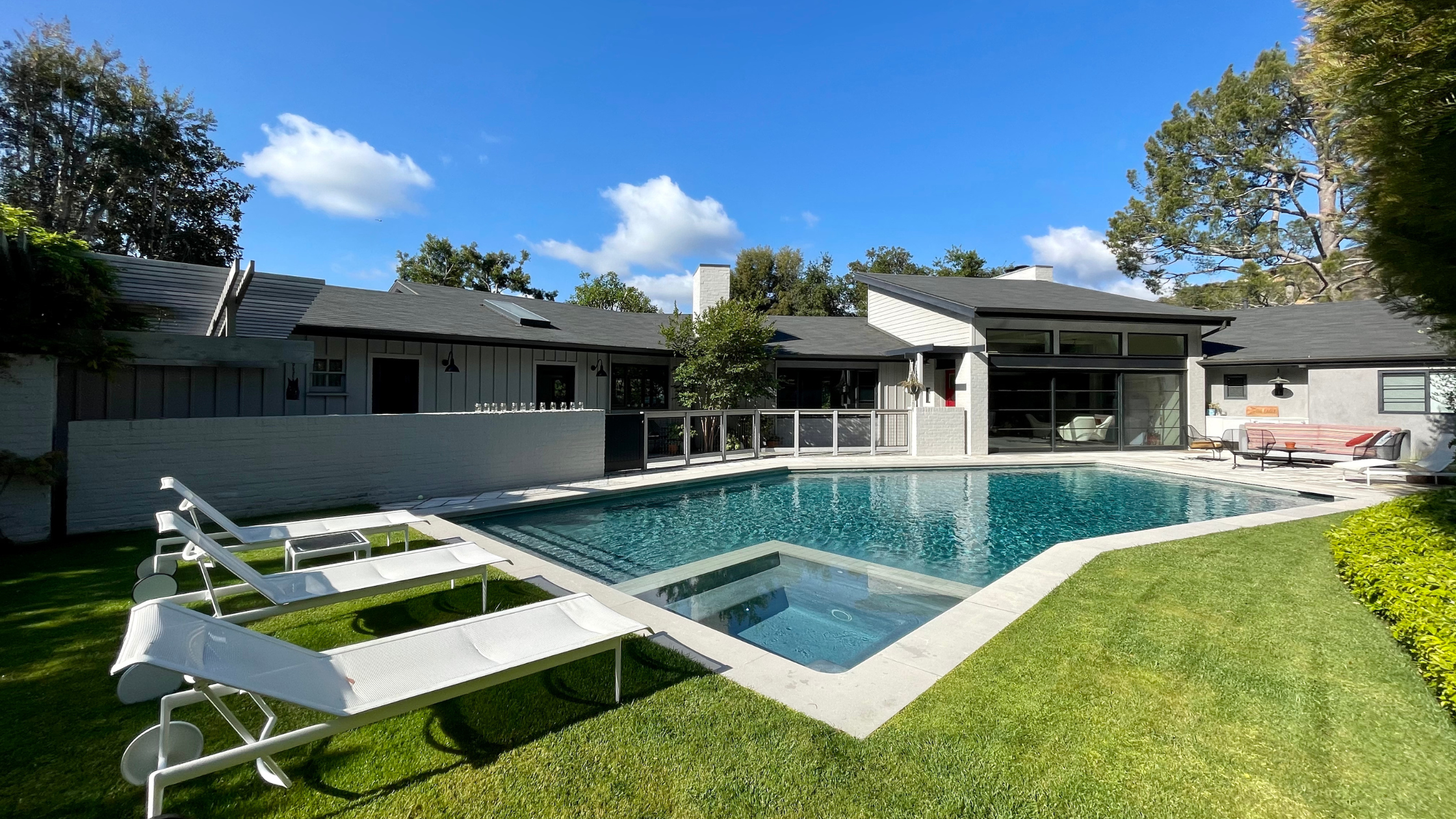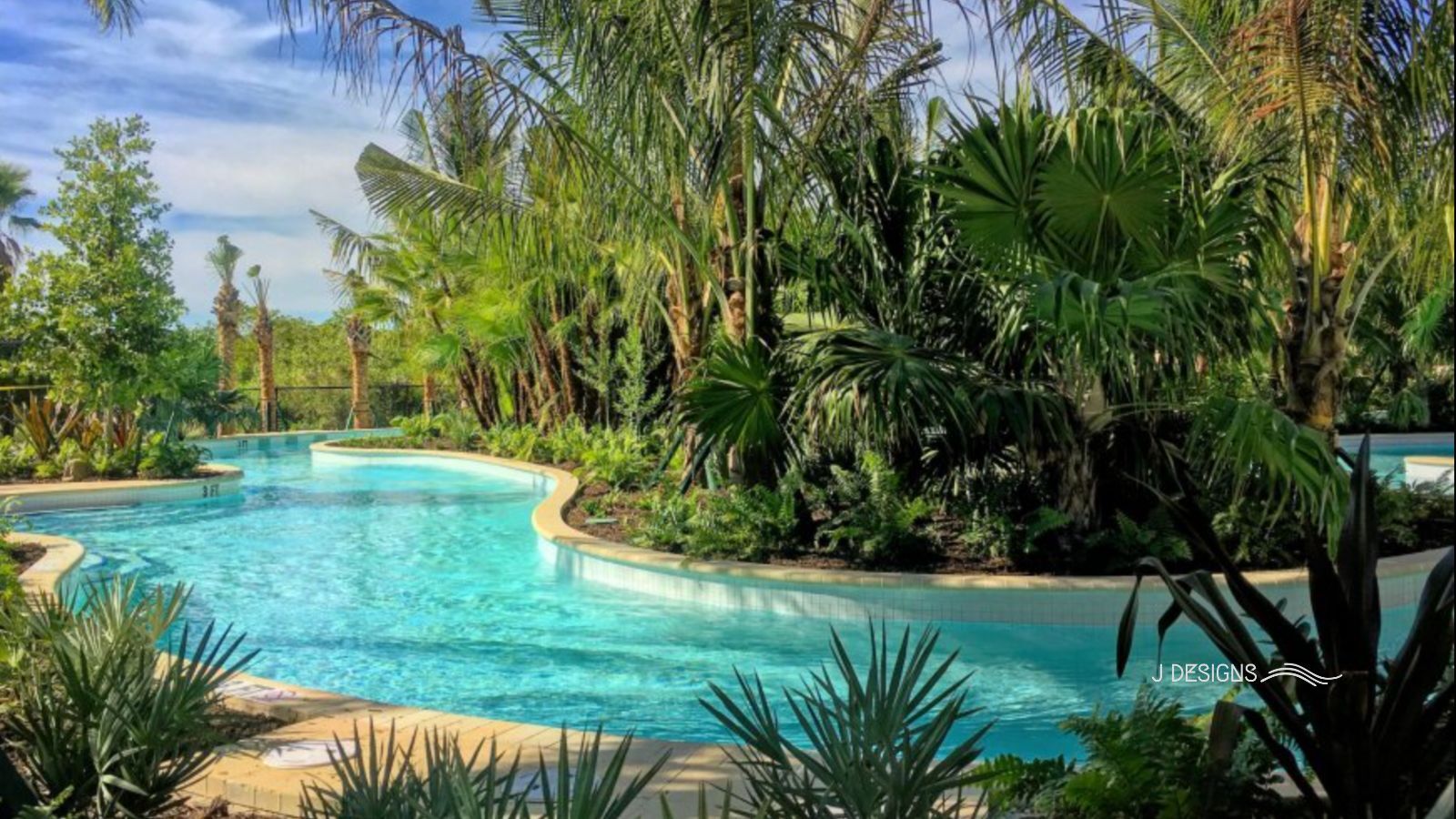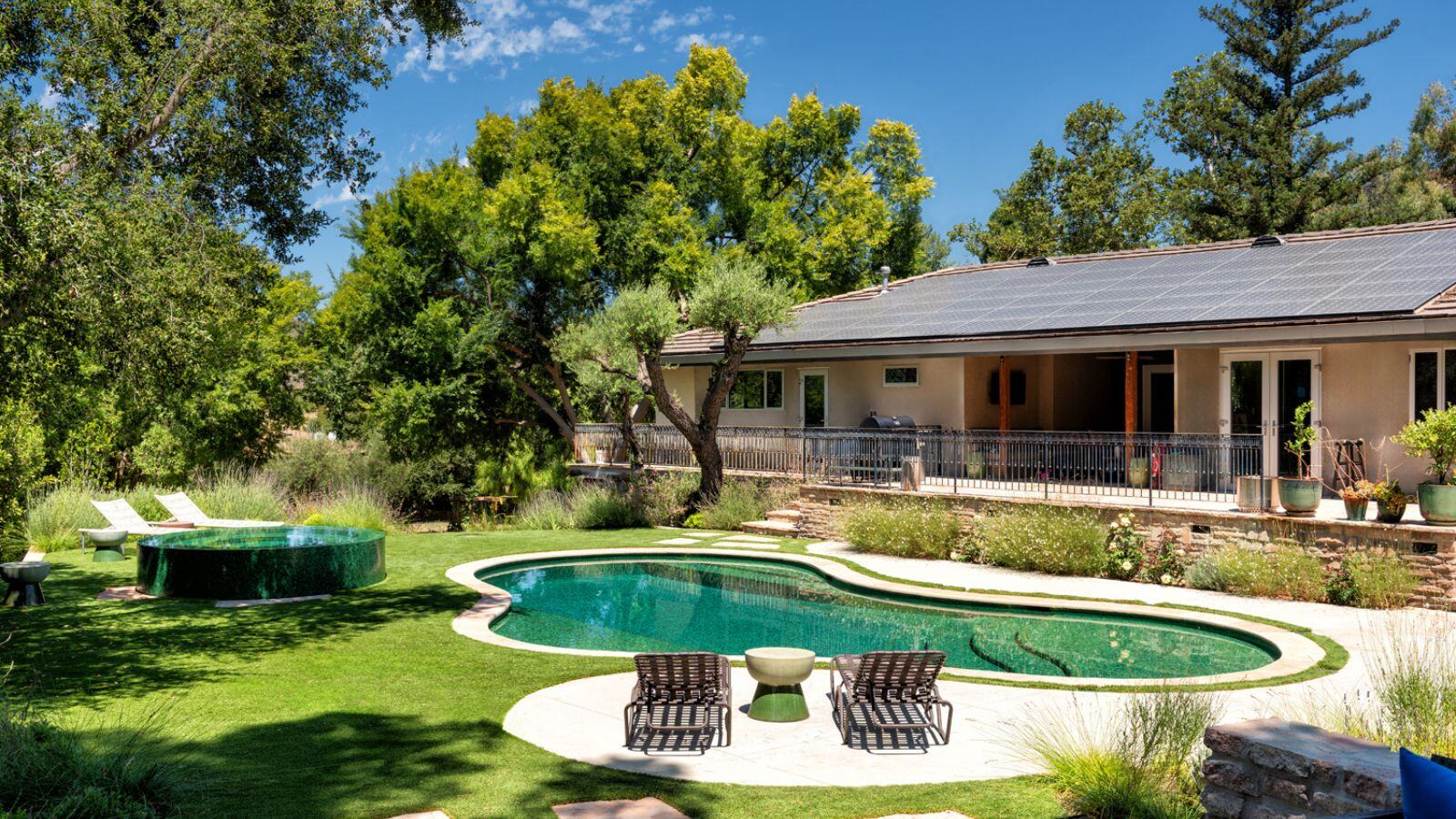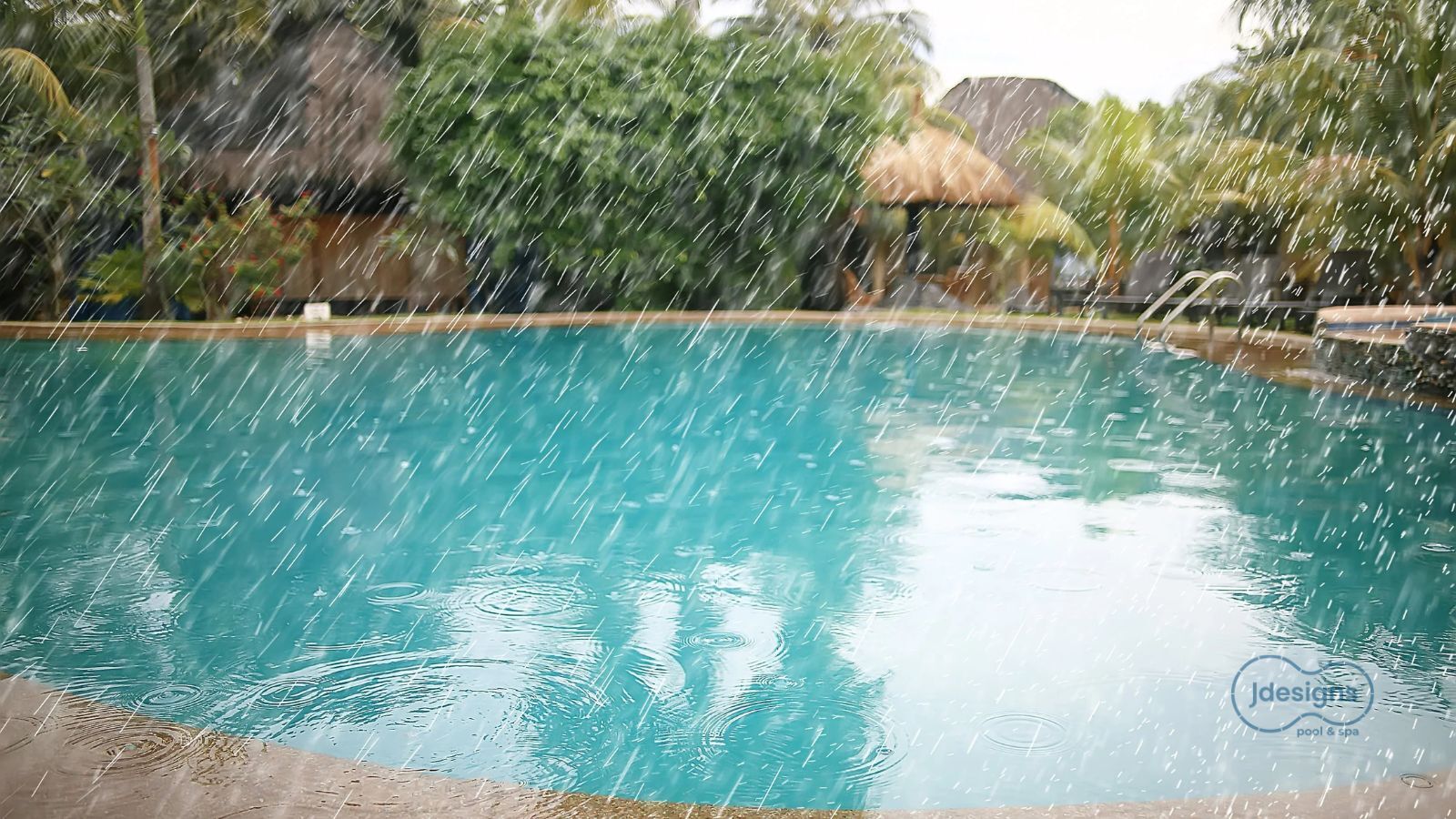Residential Lazy River Cost & Design Guide
Imagine floating effortlessly through your own backyard oasis on a warm afternoon.

There’s no denying that the demand for home improvement has increased tremendously since the start of the pandemic. People are investing more time and energy in upgrading their homes and backyards than ever before. Worldwide shutdowns forcing more time spent at home have increased the demand for upgrading living spaces, and more specifically outdoor spaces.
As a family-owned business working in Los Angeles for over 15 years, we have navigated through these complications (and others in the past), and we continue to receive new inquiries for backyard upgrades daily. We've seen the increase in demand affect the timelines in which projects can be completed.
Having worked hard with suppliers and subcontractors throughout the pandemic, we've tried to avoid any unexpected delays and to help give our clients a little peace of mind by planning as best as possible. And through all that research, we wanted to pass that knowledge to you even if you don’t work with us on your backyard projects.
So why is it important to understand these delays? To look for what can be expected as you create your backyard oasis. In this article, we will explain the implications of growing demand and a worldwide pandemic on the pool building industry. With this information, you will feel better prepared to know how and why your pool project can be affected.
For two years now, swimming pool demand has been at an all-time high, and pool builders are overloaded with installations. Pool installers and manufacturers across the country are working up to six days a week and still struggling to meet demand. As demand continues to grow, it’s important to be aware of any complications currently affecting the pool industry.
High demand has caused ripple effects throughout our industry and proves to be difficult to keep up with. Installers, suppliers, manufacturers, and everyone in between have been faced with multiple unexpected shortages and delays.
To better understand exactly how they have been affected, we have to break down the factors affecting the supply chain and how they relate to the rise in demand.
Three factors are directly impacted by the slowing supply chains.
Much like any supply chain, if one link is delayed, it will create a domino effect on the rest of the chain. This has been extremely difficult for builders alike, you never know when one link in the supply chain is going to cause a delay.
Let’s start with the most impactful factor, the demand for labor. Covid-19 has had an immense and long-term effect on every sector of the labor force and construction is no different.
We are seeing an unprecedented shift in the labor force and no end in sight. Installing a swimming pool is extremely labor-intensive, and not just from the construction standpoint. There are not enough contractors, installers, technicians, factory workers, dock workers, or city employees to keep up with the rate of demand.
One example is the shortage of dockworkers in November 2021 which caused delays in the supply chain. Thousands of shipping containers were stuck in traffic at ports for weeks without enough workers to unload them. If suppliers are not able to receive shipments in time, we see the first delay in the distribution link of the supply chain.
Suppliers and manufacturers alike are shifting their order timelines to attempt to ahead of shipment delays. But even with planning, there are still certain delays they cannot predict.
Delayed shipments mean a longer wait time for suppliers. They are then forced to adjust to inflation and the cost of goods rising, all while maintaining overtime costs to keep up with delays in manufacturing.
Distributors being hit with rising costs of raw materials and diminishing supplies are forced to raise their prices. Manufacturers are now competing for raw materials like concrete or cement with huge companies like Amazon. It becomes difficult to attain materials when you’re competing with billion-dollar companies, who can afford priority, larger purchases, and store more supplies.
Along with the pandemic, we’ve experienced horrible natural disasters that continue to affect many parts of the country. In 2020, Hurricane Laura shut down more than 40% of the chlorine tablet production in the US after hitting one of its main production plants. Since then, we’ve seen the price of chlorine increase upwards of 50%. This is resulting in more new & existing pool owners considering alternative sanitation systems such as salt, UV & Ozone.
Last year, the deep freeze in Texas caused by Winter Storm Uri had disastrous implications on the availability of supplies. A mass supply shortage occurred right as pool owners in Texas experienced millions of dollars in unexpected pool equipment repairs. A year later, these damages are still being repaired as the demand for new construction continues to rise.
The freeze also halted the production of one of the largest exporters of plastics, S & P Global Platts. According to the Wall Street Journal, S & P Global Platts was forced to cut down production of polyethylene, polypropylene, and PVC. As a result, we experienced a global plastic shortage considering that Texas manufactures about 85% of our country's polyethylene. The shortage in supplies is causing prices to compete with demand.
What does this all mean? The prices and timelines for pools and backyard projects are steadily increasing. Pool builders and service providers have had to adjust their prices across the board as all major producers announce and implement increases. Consumers should expect these price increases to continue to affect them this pool season.
An increase in demand for new construction means an increase in demand for suppliers and city approvals all while a short-staffed labor force struggles to meet demand at a higher volume. We’ve experienced long wait times to receive equipment, constant delays in the construction process, and an increase in wait time for permit approvals varying by city.
In comparison to 2020, the market price of an inground swimming pool is anticipated to increase by around 15-25%. If you’re thinking of installing a swimming pool, we suggest starting by choosing what kind of pool is best suited for your lifestyle; whether that be concrete, fiberglass or vinyl. The material the pool is built out of will not only influence the price of the pool but also the longevity of the pool.
If a basic inground pool with no customization can start around $60,000, the best way to get an idea of what you can expect to pay is to plan. Decide which add-ons your project must-have while also considering the current prices in your local market and how they will affect the final cost. Inflation is forcing pool builders across the nation to raise their prices accordingly. So in a more expensive market, like Los Angles, that $60,000 pool could end up costing you upwards of $150,000 depending on how many features are added.
Additionally, pandemic-related slowdowns proceed to impact timelines for completing inground pool projects. Homeowners are warned to expect delays as extended timelines are pushing the average construction time from 6-8 weeks to 4 months or more.
You might be feeling a bit overwhelmed right now and that’s okay. The best way to avoid feeling unprepared and discouraged is by researching any obstacles to expect throughout the pool building process. Understanding how these increases and delays might affect your project is crucial if you’re planning on upgrading your outdoor living space.
As mentioned before, building an inground swimming pool is extremely labor-intensive as well as requires quite a bit of material. Pandemic-related delays along with natural disasters are still causing labor and material shortages affecting production timelines across the nation.
As professionals who have been working in the pool industry for over 20 years (also having experienced negative economical impacts in the past), we can’t ignore the ripple effects that the demand for home improvement has had on the pool industry since the beginning of the pandemic. We strongly urge every homeowner to ask their pool builder for any resources they recommend on staying ahead of costly delays regardless of where in the process you are. Always ask for separate professional opinions and stay informed on the effects caused by the pandemic as these are constantly changing every day.
If you’re interested in learning more about what to expect as you continue on your journey to building your dream pool, check out my previous blog post. Understanding how to choose the right pool builder for you can make all the difference between a great experience and a nightmare.

Imagine floating effortlessly through your own backyard oasis on a warm afternoon.

If you’re planning to build or remodel a pool in 2026, you’re not just choosing a “look”; you’re making a long-term investment in your home, your...

Pool Overflows After Heavy Rain and How to Lower Your Pool's Water Level